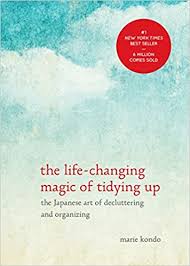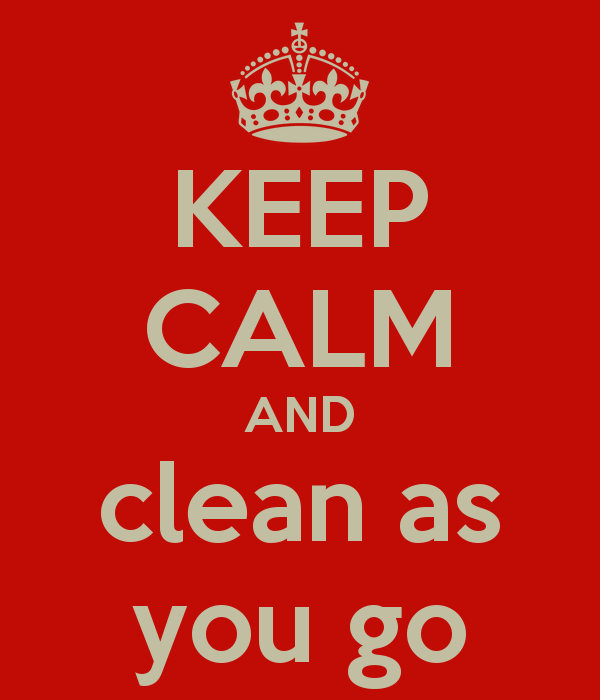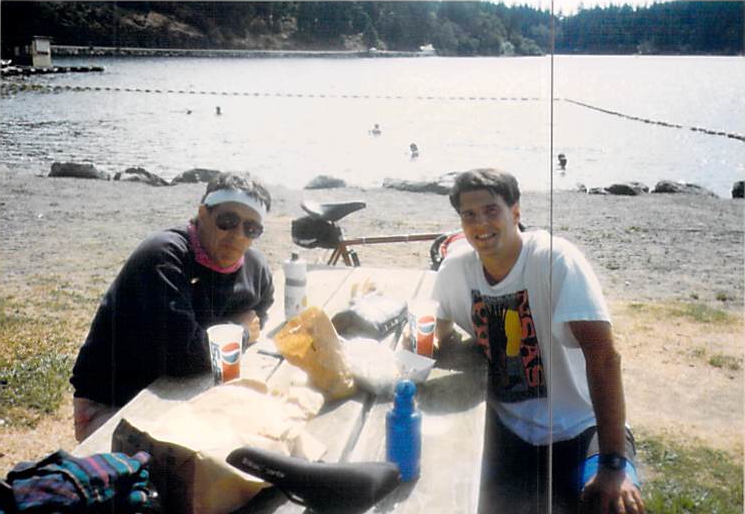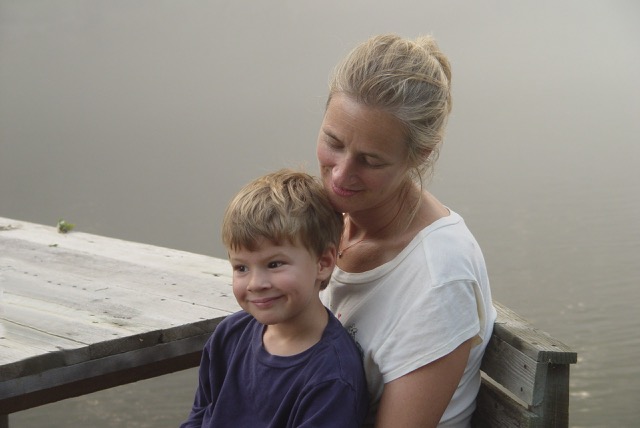
May 10, 2020
Unconditional love. If I could give every person on this planet one gift, it would be the promise that throughout your life, you will be loved, unconditionally. Such a love gives one strength and perseverance. It does not guarantee success, as that depends on our own efforts, our decisions, some luck, and a million other things. But it is a foundation that makes everything in life a little easier. I wish we all felt it. Today is Mother’s Day, a days that reminds me that in my life, I have been twice blessed with unconditional love.
We all need it. I know I do. These COVID-19 times are stressful for all of us. For me, it seems like all of the decisions we are making are pleasing just about half of the people that I serve. And believe me, I hear it when people are not happy. People ask me how I am able to handle criticism, and I give them two reasons: First, I know in my heart that I make the best decisions I can after listening to people from all sides and researching as time allows. Second, I know that no matter what slings and arrows I endure in those times, I will be going home to my wife Jill, who loves me unconditionally. Such love gives me incredible strength. I will be OK because I have the power of unconditional love behind me. Jill and I have been married for almost 19 years. She is Dawson’s mom and Ryan’s’ step mom, and she loves us all fiercely, beautifully, and unconditionally. The three of us all know we are extraordinarily fortunate to have such a life-long gift in our lives.
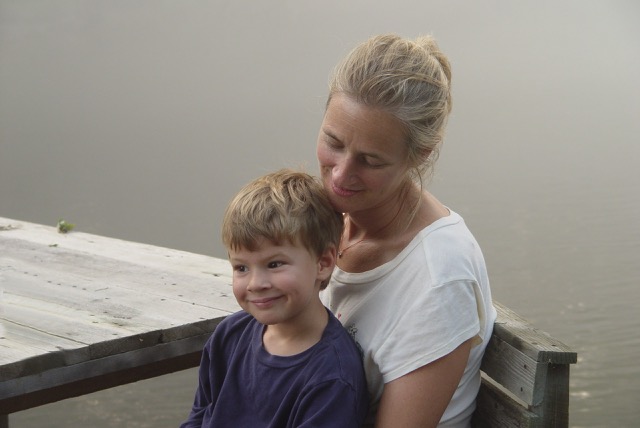
I’ve been the beneficiary of this gift of unconditional love all of my life from my mother. My mom is beautiful and healthy at the ripe old age of 49. I know. It’s a bit odd and practically a miracle that my 49-year-old mom could be the mother of a 58-year-old son. But mothers achieve miracles all the time. The two of us laugh about this Einsteinian miracle of time, as I regularly remind her of how our unique age disparity. How old you are in your own head is one of the Jedi mind tricks that define how you lead your life. My 29-year-old son Ryan always gives me a hard time for me thinking I’m still in my late 30s. Actually, he loves it and we both agree it’s the only way to live. My mom will always be young and beautiful.

But when people ask me about my mom, her eternal youth and beauty are not the first things I comment on. The first thing I always say is, “My mom is the definition of unconditional love.” My friends hear that and say to me, “It’s a good thing, because only a mom like that could love you.” Hilarious. But it’s true. All four of her children would say the same thing. And even though I’m clearly her favorite, the other three falsely believe that they are. And we all worship our mother.

My mom has inspired me my whole life. She was the valedictorian of her high school class, but was not encouraged to go to college. She went to a two-year college, became a secretary, met my dad, got married, and gave birth to me when she was 21. Pat, Martha, and Bill were all born in the next four years. Four unruly children a little more 5 years apart. She was a stay-at-home mom, and took care of everything – the house, our sports, keeping track of our school, hearing from teachers about our misbehaviors, fixing our injuries (including taking me to the doctor after my friend Kenny threw a bamboo spear through my ear), and doing her best to discipline us. Her best weapon was, “Don’t make me tell your father.” But she did once wash my mouth out with soap, using a bar of soap and a toothbrush, for a verbal indiscretion I allegedly used. (She feels guilty about it now, so I bring it up whenever I can.) On top of all of that, she is a spectacular cook. We ate wonderful food in our home, and she is the source of and inspiration for my love of cooking today.
When I was in high school, my mom decided she wanted to get a college degree. She enrolled in UALR (University of Arkansas Little Rock) and studied to be a music major. Through my high school years, she was my study buddy at night. We did our homework together. As I watched all that my mom did, taking care of everyone, practicing piano, reading and completing her homework assignments, studying German, and going to class, I felt a little less sorry for myself. She was actually choosing to do this! How did I show my appreciation? This will show you what a classy son I was. Quite a few times, when we were both studying as the midnight hour approached, I would let her overhear me complaining about having to type out my essay, bemoaning my own slow typing speed. She would look up, and say, “Let me type that for you Michael!” And she, with her still super speedy typing skills, would whip out that paper in no time, without the ugliness from the rolls of correction tape I would have used, and smile as she gave the pristine pages to me. She was dog tired, and she did that with a smile and then a goodnight kiss.
I watched her finish all of her classes, practice her piano music for thousands of hours, then overcome her nervousness to perform a stunning senior recital. All of us beamed with pride as we watched her graduate from UALR, summa cum laude. Just like she did in high school, she finished at the top of her class. It was inspirational then, and it still is today.
She’s not perfect. She may be a bit gullible. OK, she’s really, really gullible, and my siblings and I got away with a few things in high school because she would believe almost any story we gave her. Now, when we all get together, we will tell her stories about things we did that she did not know about, and she will say, “What? But you said . . .” We laugh and say, “Yeah mom . . . Sorry about that.” She shakes her head and laughs. We all survived and it worked out.
My mom lives back in Arkansas still, and we talk every week. I was planning to visit back in April, but like all of us, those travel plans have been delayed. So, we just keep talking. We talk about her piano playing, which she still does, volunteering to play at senior centers. She sends me photos of her beautiful garden that she still tends. I bug her about the daily walks that I ask her to do, and she tells me how she just can’t find the time in her day to fit those in. We laugh and discuss the challenges that we face each week. She’s very proud of her teacher-principal-superintendent-husband-father son, but she’d be proud of me no matter what. What I do is far less important than the simple fact that she loves her son.

When I give her a hard time for something, she will still say, “You know. I can still take you over my knee for saying such things.” I know, Mom. I can still taste that soap. (She will feel guilty when she reads that – mission accomplished!) But way more than that, I feel the gift and the strength of her unconditional love every day. It’s in my soul and helps me face every day with positive energy and a desire to make a difference each and every day. I am eternally grateful for that gift.

Happy Mother’s Day and thank you to my mom, to Jill, and to all of the amazing moms who give give all of us the powerful and life-changing gift of unconditional love.
This post was copied from drmdmatthews.com.

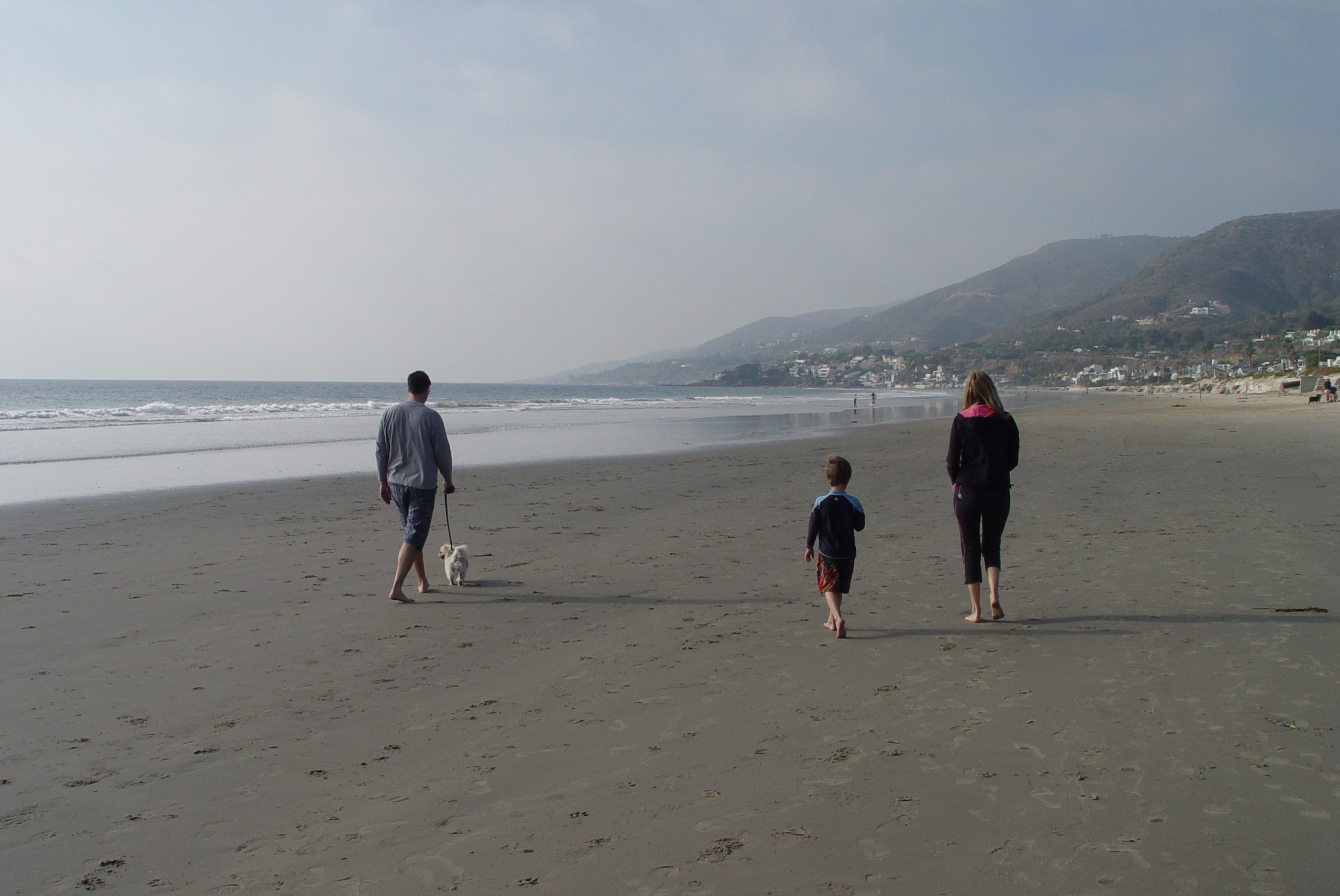



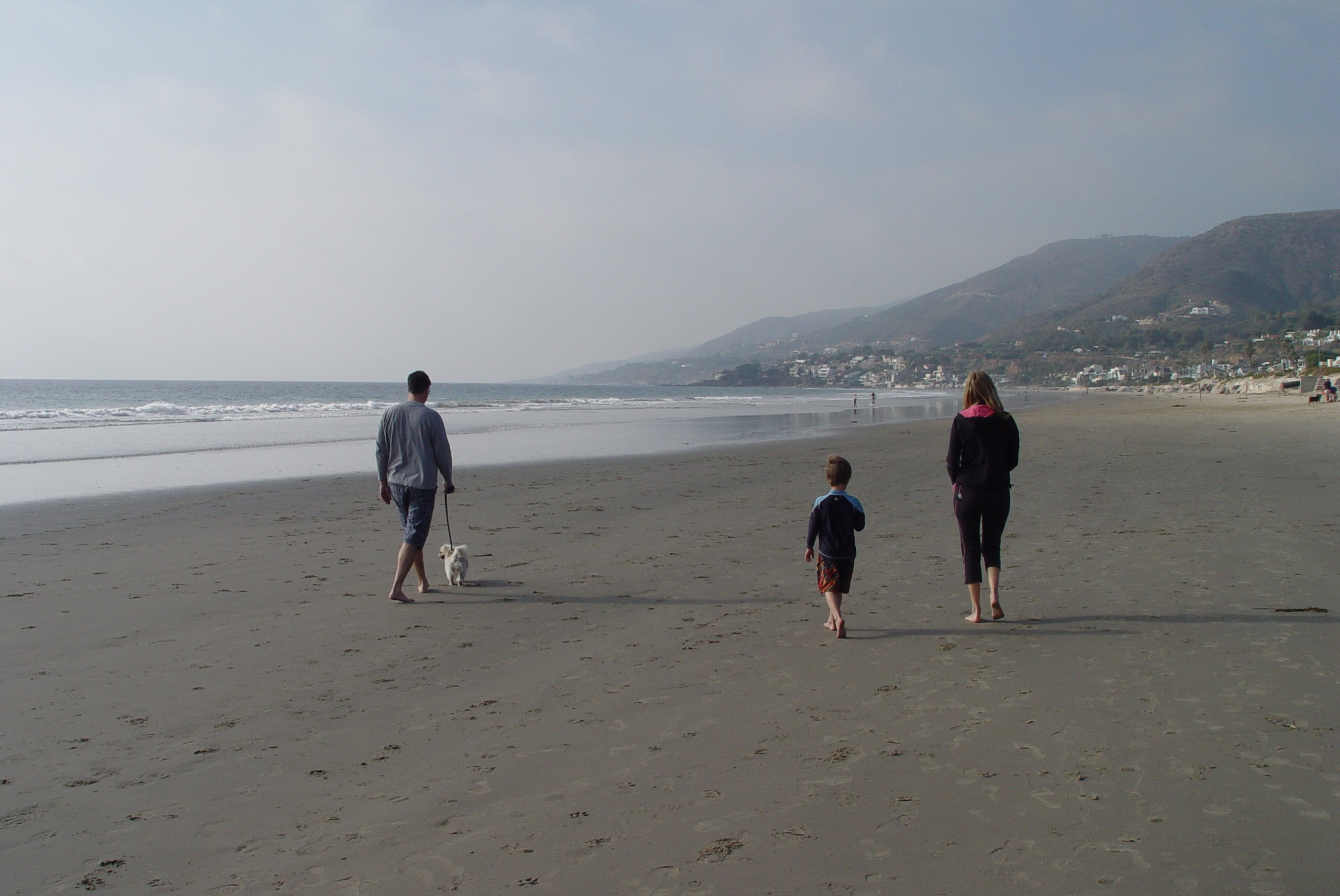
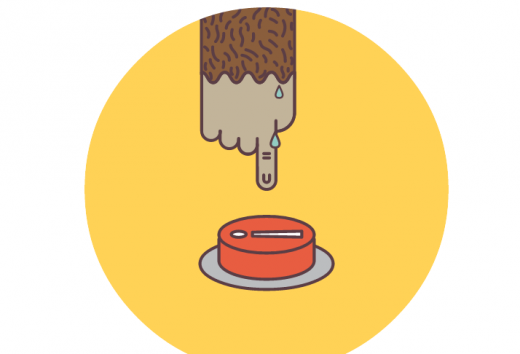
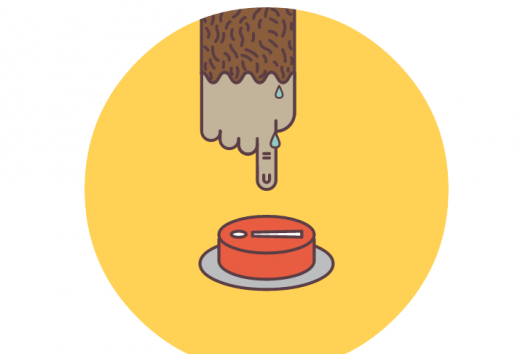





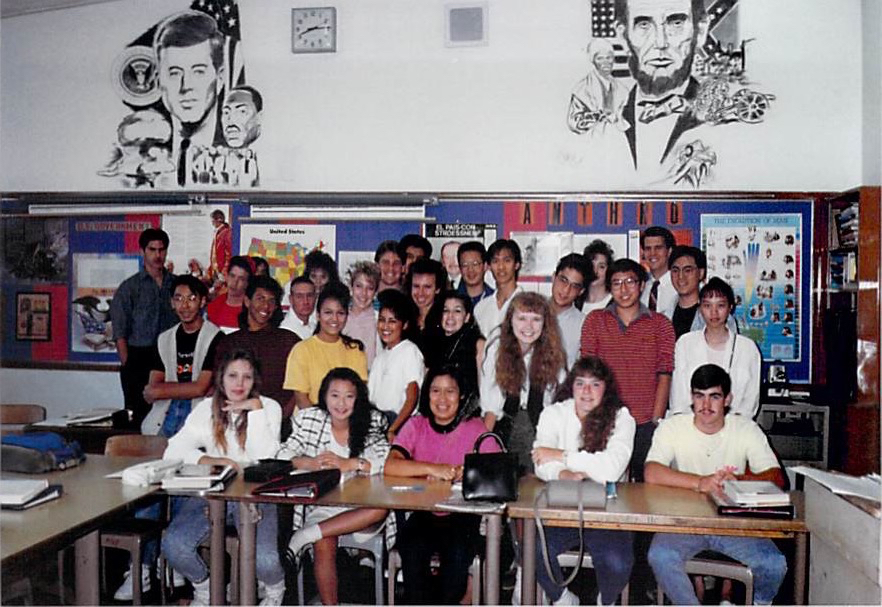

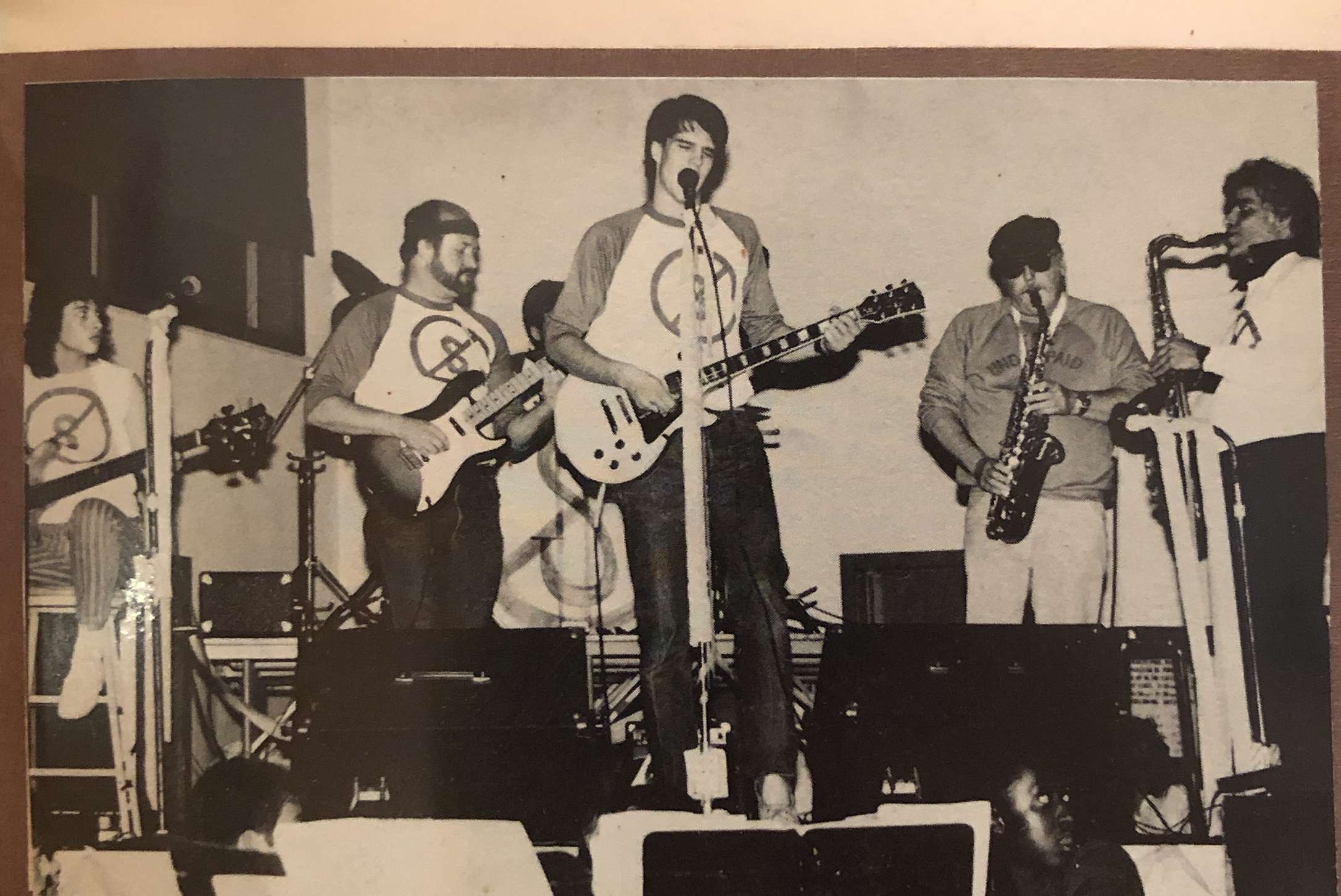

 year. Again, it does not have to be that way. This might put the calendar people out of business, but people can still buy their cat calendars if they want to.
year. Again, it does not have to be that way. This might put the calendar people out of business, but people can still buy their cat calendars if they want to.